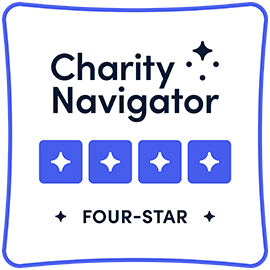- Emergency Response
Emergency Response
Healthcare Ready is ready to respond and support patients when a major natural disaster, pandemic or act of terrorism has the potential to disrupt the normal flow of healthcare supply chains. Loss of access to medication and medical supplies due to supply chain disruptions can negatively impact patient well-being and continuity of care, particularly in economically vulnerable patients and those with chronic conditions.
Healthcare Ready provides the essential tools for facilitating solutions in disasters, including:
- Rapid access to the right contacts in government or the private sector
- Trusted, protected communications channels to share and react to sensitive information
- Reliable, tailored situation updates compiled from public and private sources
- Subject matter expertise on policy and operational aspects of disaster response
When a disaster occurs, Healthcare Ready also activates Rx Open maps to help the public and emergency responders see where pharmacies are open and closed in the affected area. Healthcare Ready also monitors international disasters that may affect the delivery of critical medicines in the United States.
Healthcare Ready Resources
- Partner Playbook: Our Partner Playbook provides an overview of our support and activities during an activation.
- Overview for Government Partners: During emergencies, our disaster response coordination support is available to government partners at no cost. Read more here.
- Understanding Patient Needs During a Disaster: Patient needs are impacted by a variety of challenges. This document provides an overview of these complications and issues we track during activations.
- Rx Open: View FAQs on Rx Open, an informational webinar, and learn how the map was used during the historic 2017 hurricane season.

When We Activate
Healthcare Ready stands ready to activate whenever there is a potential wide-spread impact to healthcare supply chains and/or community well-being. Activation is determined on a case-by-case basis, here are examples of some of the triggers that are considered before activation:
- Disaster declaration by a Governor or the President
- Department of Homeland Security (DHS) Threat Advisory Red/Severe Classification
- Health and well-being of a significant number of persons is materially threatened or affected
- Local, regional, national, or global healthcare infrastructure is significantly compromised
Email Alerts@HealthcareReady.org with requests for assistance or support, or to learn more about our disaster support services.
Solving Problems During Disasters
- Identifying patient needs, through partnerships like one with Google, in which we used Rx Open data and aggregated Google search trends to identify areas with high concentrations of patients, prioritize healthcare resources, and connect patients to healthcare. View the case study.
- Facilitating medical supply donations by connecting private sector resources with shelter, patient, and healthcare facility needs.
- Amplify prescription assistance programs and advocate for Federal Emergency Prescription Assistance Program (EPAP) activation when low income patients at risk.
- Support supply chain restoration, such as coordinating fuel distribution with state authorities and emergency fueling companies and facilitating access and re-entry.
Notable Previous Responses
Please click on the sections below to learn more about the work that we’ve done to support patients impacted by large-scale disasters in years past. To learn more, email us at contactus@healthcareready.org.
